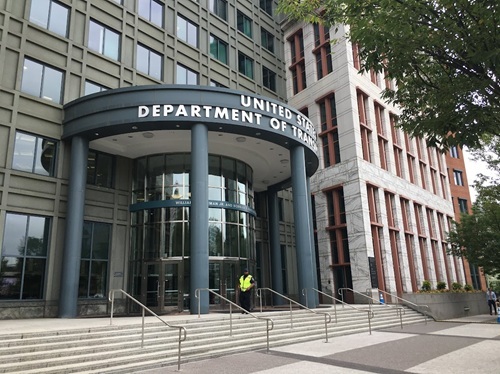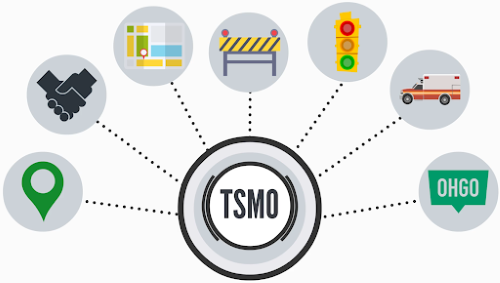A report issued by the Federal Highway Administration on February 5 shines a light on a variety of artificial intelligence (AI) technologies and the potential roles they can play in Transportation Systems Management and Operations or TSMO applications.
The report said that “traditional problems” AI technologies can address in the TSMO space include: reasoning, knowledge representation, planning, learning, natural language processing and understanding, perception, and the ability to move and manipulate objects.

“In each problem area, AI technologies are proving to have significant performance benefits versus other traditional mathematical modeling approaches,” FHWA said.
“For example, the capabilities of Alexa and Google Assistant to understand human speech significantly outperforms the interactive voice response technologies used in 511 systems over the past 20 years,” the agency noted.
[The short video below produced by the Ohio Department of Transportation explains what TSMO encompasses and how it impacts mobility strategies.]
Currently, machine learning applications offer the best potential to supplant human work in a variety of TSMO areas, the agency said, especially where traffic imagery analysis, incident detection, traffic control and traffic signal timing, TMC function automation, and data analysis are concerned.
Also, “chatbots” and question-answering (QA) systems may enable new ways to obtain insights in data, while AI-backed “neural networks” can analyze imagery from a variety of sources for incident detection, incident management, and traffic data collection.

“Unsupervised AI systems may learn new ways to control traffic and coordinate integrated corridor management actions across a variety of control and advisory technologies,” FHWA noted. “Driverless vehicles and airborne and ground-based unmanned aerial systems may improve TSMO staff safety and productivity, while additional applications may arise as agencies gain experience with AI tools and technologies.”
As development of AI tools and technologies is progressing “at a fast pace,” the agency expects AI applications should find their way from research experiments and pilot demonstrations to fully scalable applications in the near term.
 Top Stories
Top Stories
USDOT Issues $1B in Local Road Safety Funding
January 2, 2026 Top Stories
Top Stories

